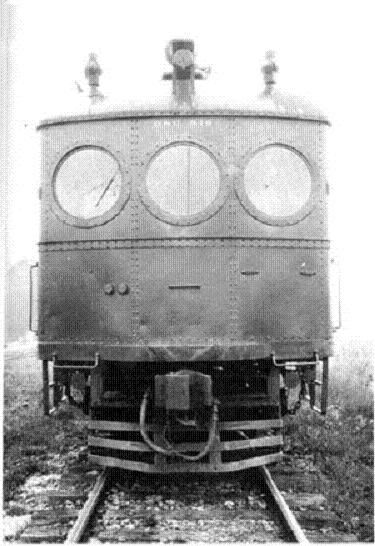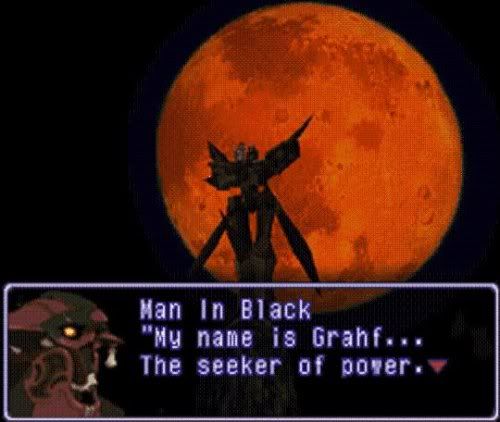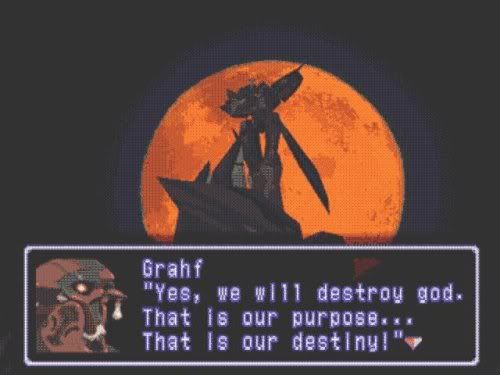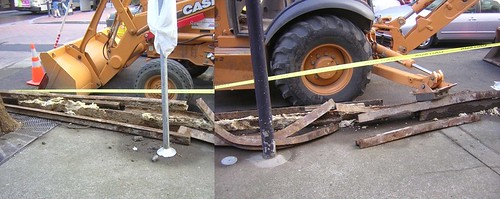The Red Electrics.
(1914-1929)In 1913 the Portland Eugene & Eastern Railroad electrified the majority of its steam locomotive passenger line, the only major passenger line in the nation to do so. Service out of Portland's Union Depot (today: Union Station) commenced January 17, 1914. The following year PE&E changed its named to Southern Pacific.

A Red Electric.Red Electrics were built by Pullman, with steel frames and exteriors, giving them a modern-yet-alien industrial look. The inside was trimmed in mahogany, and comfortable seats were upholstered in green. The unique and eye-catching trifecta of circular windows were a safety feature engineered by Southern Pacific, providing more structural protection to the motorman in case of crash. These exclusive-to-the-Northwest quasi-proto-Streamliners ran from Union Depot down 4th street to Jefferson St., where the line split in two.
The
Eastside Local continued south on the west bank of the Willamette River, running on tracks used today by the Willamette Shore Trolley, to Lake Oswego.

Eastside Local at Oswego stop.From Oswego the line curved southwest through Tualatin, Sherwood, and Newberg, until it rejoined its sibling Westside Local in St. Joseph, 3 miles north of McMinnville.

The Eastside Local along the Willamette.Between Portland & Oswego, directly across from where the Waverly Country Club is today, is Elk Rock. The Eastside Local, already clinging to the edge of the Willamette's steep banks (using, among others, the six hundred eightysix foot long Riverwood Trestle, still standing today), would circumnavigate Elk Rock by use of the Elk Rock trestle (built in 1888), which curved around the west edge of the rock, high above the river.

The old Elk Rock trestle.The Eastside had to slow to a mere 10mph while traipsing the trestle. Rocks & gravel were shaken lose by the passing trains' vibrations, falling and bouncing off the steel tops of the Red Electrics. With this in mind, Southern Pacific discontinued the trestle by digging a 1,396-foot long tunnel through Elk Rock in 1921.

North entrance to Elk Rock Tunnel.This tunnel make a soft "S" curve, resulting in absolute darkness at the midpoint.

South entrance to Elk Rock tunnel, on the night of the last run of the Red Electrics.The
Westside Local headed over the immediate southwest hills, cutting a route mirroring today's Barbur Blvd., through Burlingame & Hillsdale en route to Beaverton and on to Hillsboro and Forest Grove. From there it headed south to St. Joseph to re-merge with the Eastside Local.

The Westside Local departing Portland.In 1917 Southern Pacific electrified the line from St. Joseph down to Corvallis. This expansion brought the total mileage of electrified track to a total of 180 ELECTRIC miles. The line continued to from Corvallis to California un-electrified.

The Red Electrics continued service in this fashion, peaking in 1920, when sixty-four (64) Red Electric trains operated per day. Unfortunately, by this time road conditions in the Pacific Northwest had improved markedly and the automobile was beginning to cut into passenger railway profits, and service on the line began to shrink until October 5, 1929, when the Red Electric passenger line was discontinued.
Southern Pacific continued to use the tracks for frieght until 1984.















